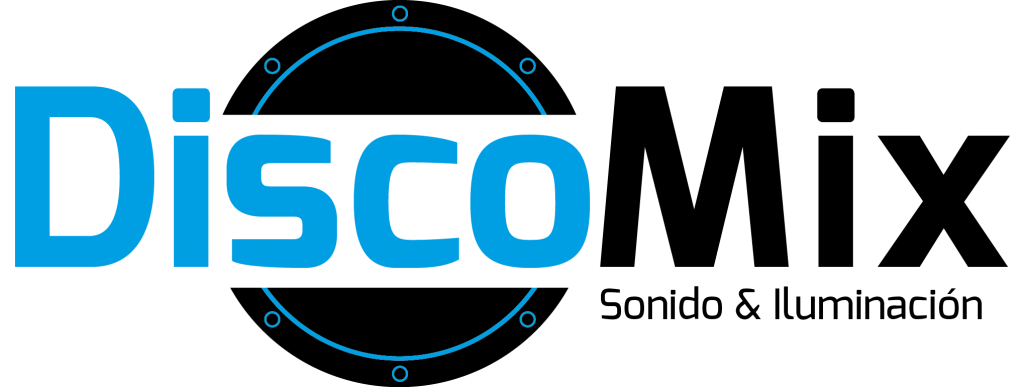Billions of dollars in subsidy programs and financing get by government authorities every year to encourage particular business ventures, offer social services and connect with unmet economical needs. Subsidies typically require cash payments, grants, tax breaks and interest-free or perhaps guaranteed loans. Proponents of subsidies think that they support level the playing field in an overall economy, promote development and support businesses which would otherwise fail due to industry conditions or perhaps unfair competition. They also declare that they are justifiable if they are cautiously applied to make certain that benefits surpass costs.
In practice, the government intervenes in the economy through direct subsidy programs that award cash to individuals or corporations meant for specific actions. These might include myrrdin-inc.com/2020/03/30/digital-technology-in-the-modern-world cash or grants payment programs, a reduced federal charge of income taxes for a particular activity, and financial loan guarantees and presumptions of risk that lower the expense of a private lender’s lending rates.
Government authorities are also productive in indirect subsidy courses, which are more challenging to define or measure. These types of programs depend on theories such as socioeconomic expansion theory, which suggests that certain market sectors need defense against international opponents to maximize home benefit. Fortunately they are based on the idea the fact that the government can easily more effectively dwelling address social and environmental concerns than individual consumers or perhaps businesses. Nevertheless , critics of indirect subsidies point to the issue of establishing optimal subsidies and defeating unseen costs. They also argue that personal incentives sometimes cause politicians to focus on aiding activities and companies that provide them the best return, instead of achieving the ideal long-term monetary or sociable impact.

